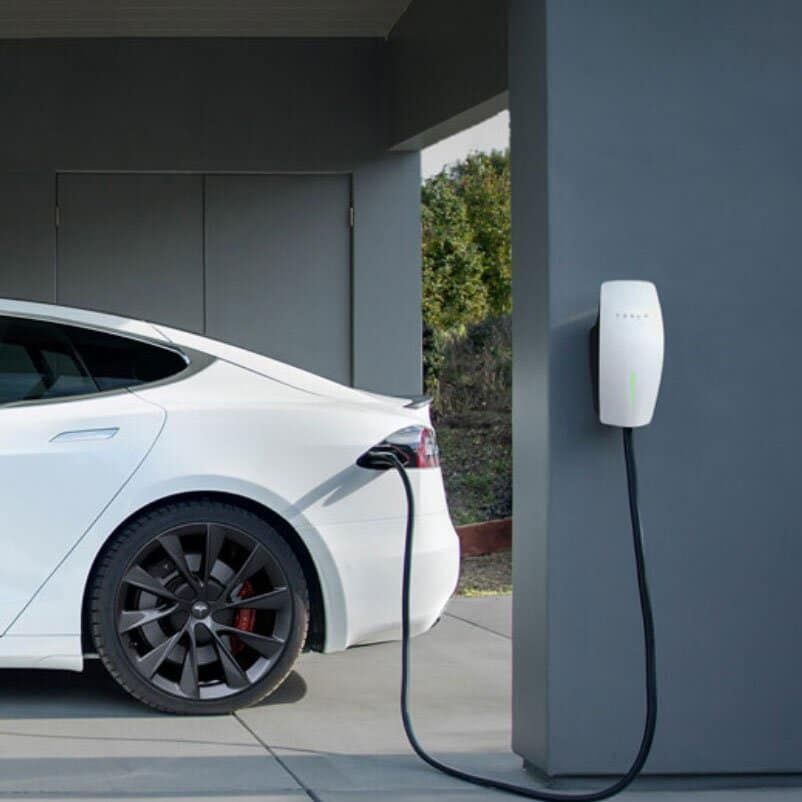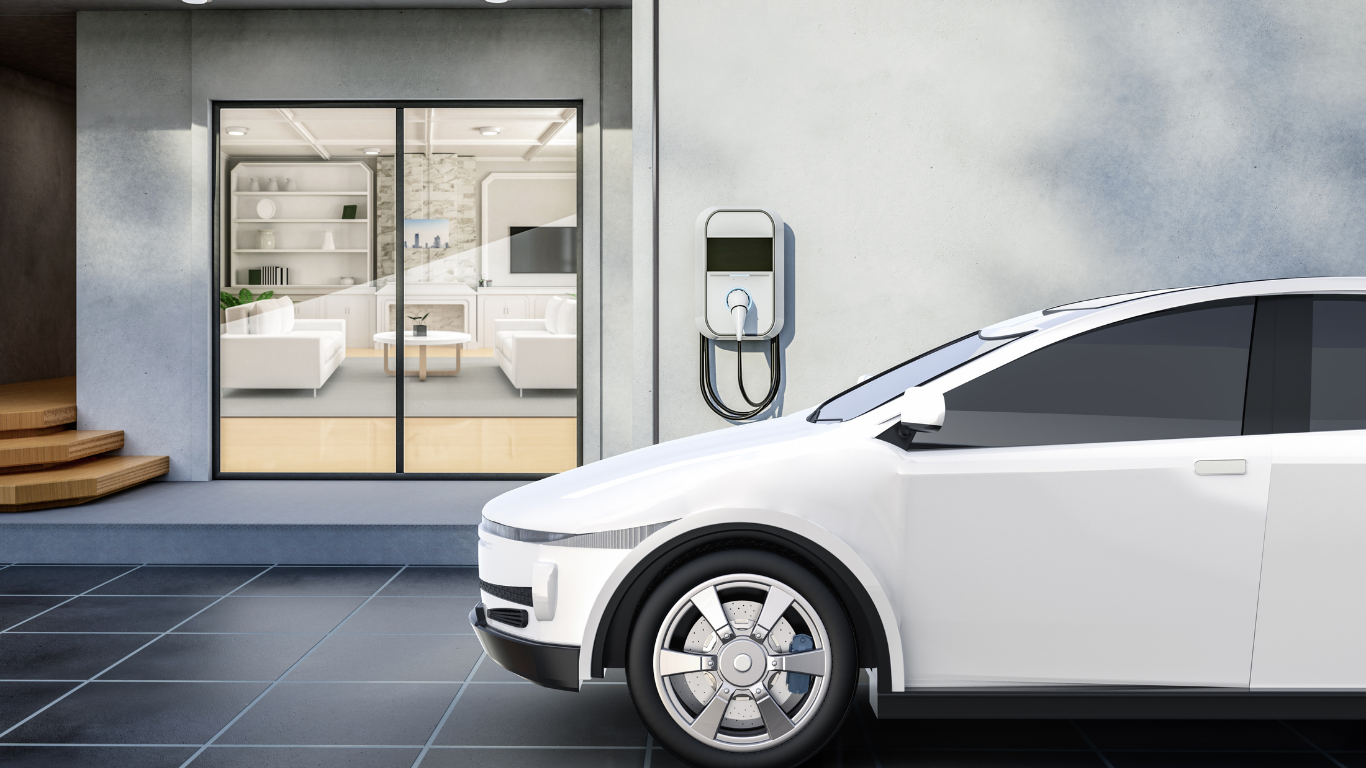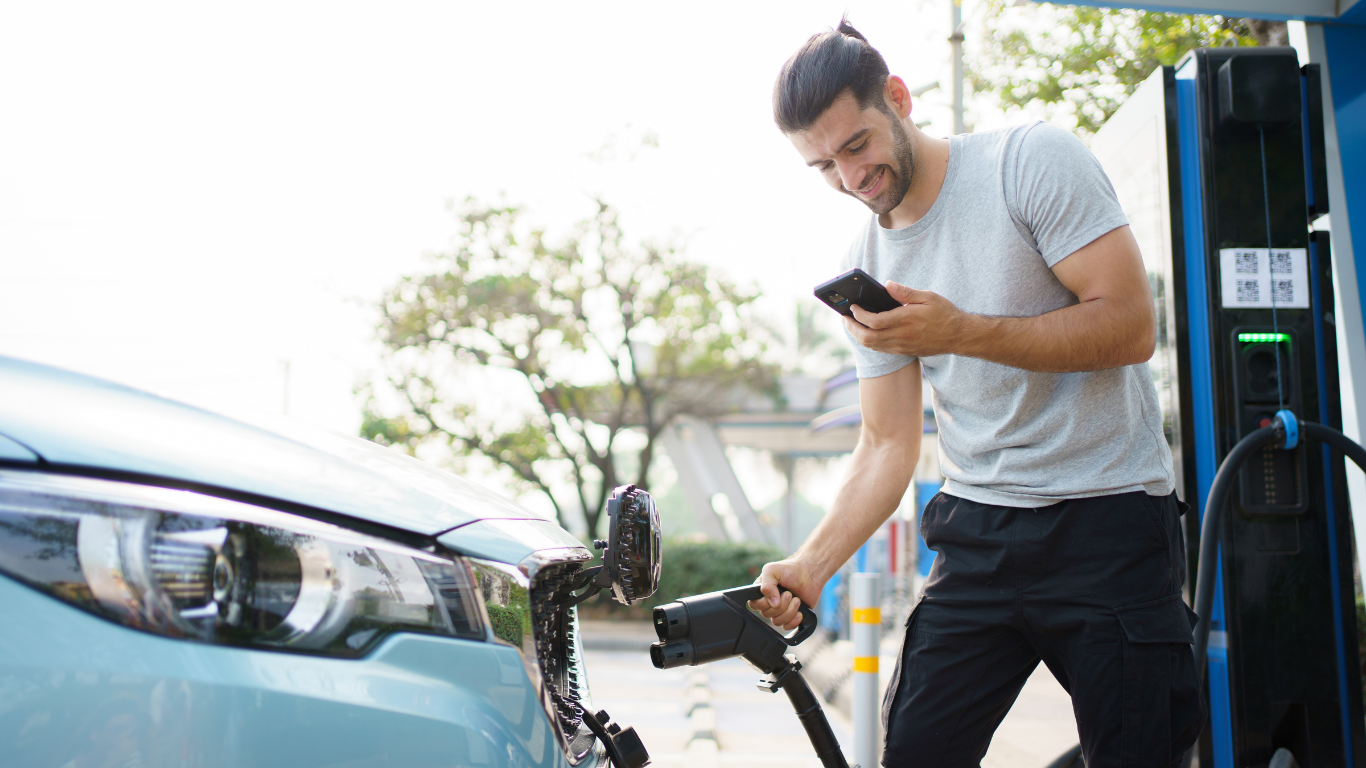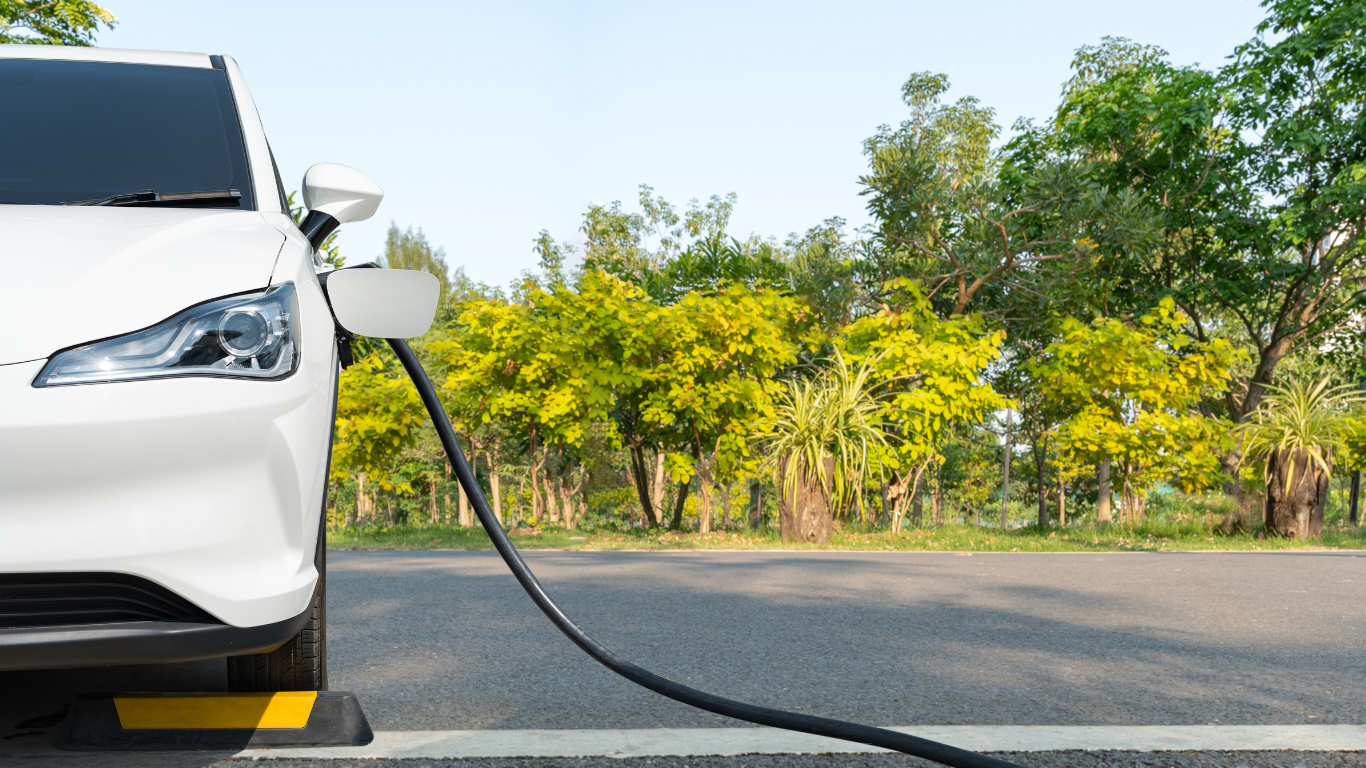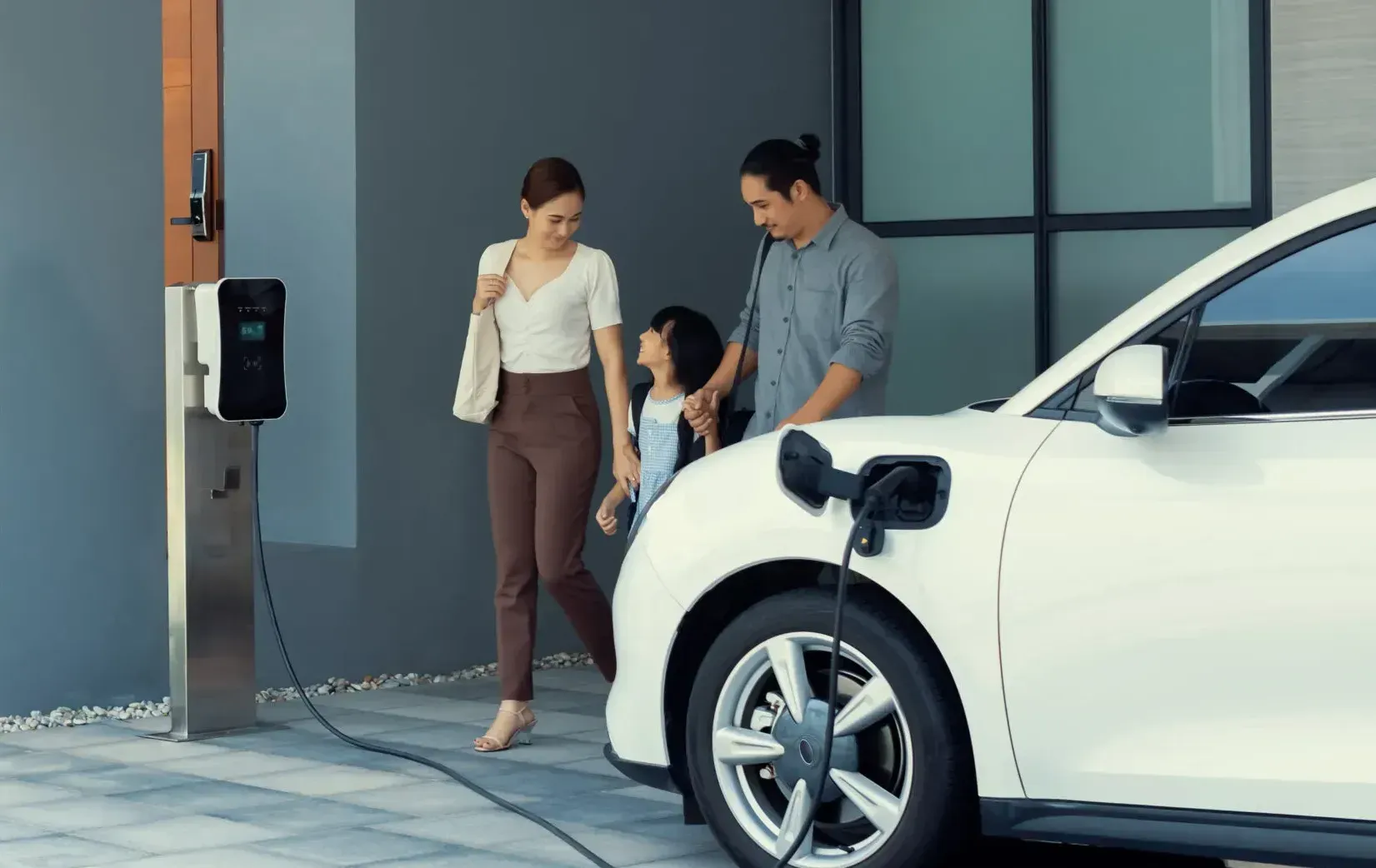A Beginner’s Guide to Electric Vehicles: What You Need to Know Before You Buy
A Beginner’s Guide to Electric Vehicles: Key Considerations Before You Buy.
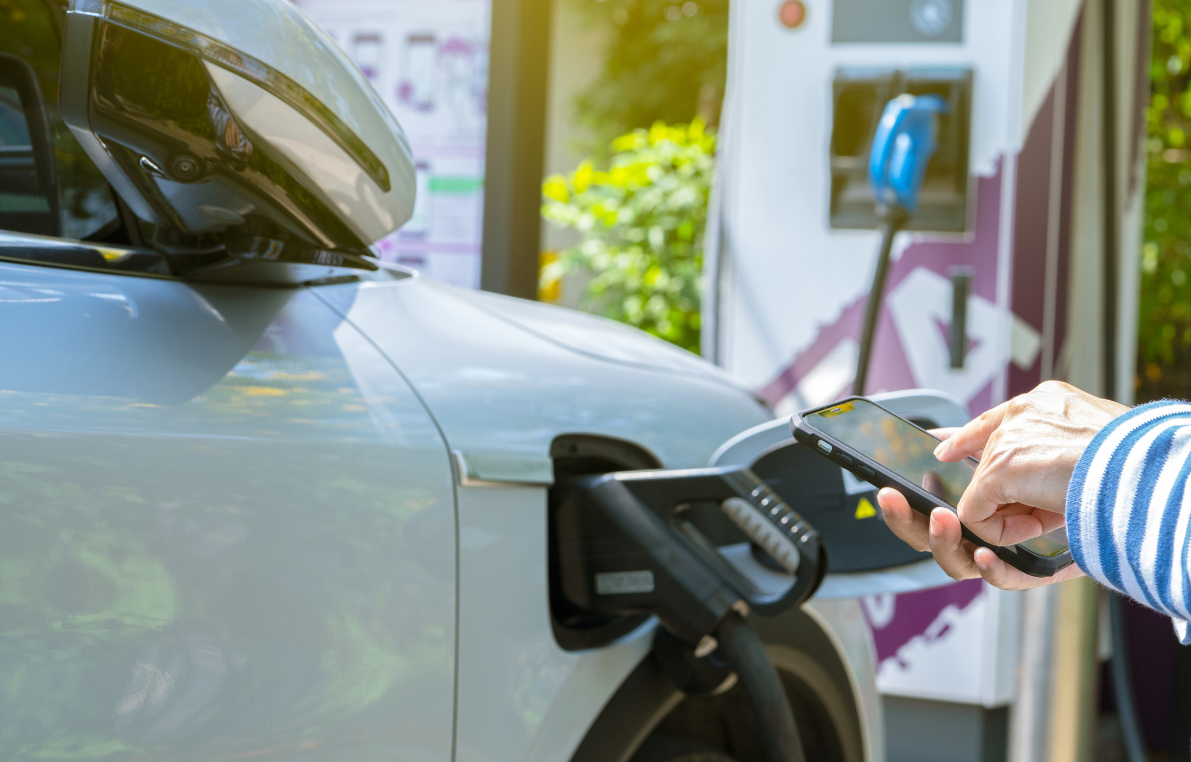
Table of Contents
Introduction
Electric vehicles (EVs) are becoming increasingly popular across Canada, offering numerous benefits to both the environment and vehicle owners. Whether you’re looking to reduce your carbon footprint, save on fuel costs, or embrace the latest automotive technology, EVs present an exciting alternative to traditional gasoline-powered vehicles. However, if you’re new to the world of electric cars, there are a few key considerations to keep in mind before making your purchase.
This beginner’s guide is designed to walk you through the essential aspects of electric vehicles, from understanding the different types of EVs to evaluating key features, calculating total ownership costs, and considering charging infrastructure. By the end of this guide, you’ll have a clear understanding of what to expect when buying your first electric vehicle and how to make the best choice for your needs.
1. Understanding Different Types of EVs
Battery Electric Vehicles (BEVs) vs. Plug-in Hybrid Electric Vehicles (PHEVs)
When considering an electric vehicle, it’s important to understand the distinction between two main types: Battery Electric Vehicles (BEVs) and Plug-in Hybrid Electric Vehicles (PHEVs). BEVs, also known as all-electric vehicles, rely solely on electric power. They have a large battery that powers an electric motor and must be charged through a power source, like a home charger or public charging station. Popular BEV models include the Tesla Model 3, Chevrolet Bolt, and Nissan Leaf.
PHEVs, on the other hand, combine both electric and gasoline power. They have a smaller battery that can be charged via a plug, similar to BEVs, but also include a gasoline engine that can take over when the battery is depleted. PHEVs provide greater flexibility, especially for drivers who may not have consistent access to charging stations, but they still rely on gasoline, which means they aren’t entirely emission-free. Examples of PHEVs include the Toyota Prius Prime and Mitsubishi Outlander PHEV.
Benefits and Drawbacks of Each Type
Both BEVs and PHEVs have their advantages and disadvantages, and the right choice depends on your driving habits, access to charging infrastructure, and environmental priorities. BEVs are great for those looking to completely eliminate gasoline usage and reduce their carbon footprint. They offer a quieter, emission-free ride and are generally less expensive to maintain, as they have fewer moving parts compared to internal combustion engine (ICE) vehicles.
However, BEVs require consistent access to charging stations, and drivers must plan their trips around charging availability. Range anxiety can be an issue for some, especially in rural or remote areas where charging infrastructure is limited. On the other hand, PHEVs offer a “best of both worlds” approach, allowing you to drive short distances on electric power while still having gasoline as a backup for longer trips. However, they don’t completely eliminate emissions, and maintenance may be more complex due to the presence of both an electric motor and a gasoline engine.
2. Key Features to Look For
Battery Capacity and Range
One of the most critical factors to consider when buying an electric vehicle is the battery capacity and driving range. Battery capacity is measured in kilowatt-hours (kWh), and the higher the capacity, the more range the vehicle can offer. Depending on the model, BEVs can provide ranges from 200 to over 600 kilometres on a single charge. If you frequently travel long distances, opting for a vehicle with a larger battery and longer range will reduce the need for frequent charging stops.
For city drivers or those with short commutes, a lower-range vehicle might be more than sufficient. PHEVs, on the other hand, typically offer 40 to 60 kilometres of electric range before the gasoline engine kicks in. Understanding your daily driving needs will help you determine the appropriate range for your lifestyle.
Charging Options and Times
Charging time is another crucial consideration. There are three main types of EV charging: Level 1 (standard household outlet), Level 2 (240-volt outlet), and Level 3 (DC fast chargers). Level 1 chargers are the slowest, typically adding about 6-13 kilometres of range per hour of charging. For drivers who only need to charge their EV overnight and have short commutes, this may be sufficient.
Level 2 chargers are much faster, providing 40 to 48 kilometres of range per hour, making them ideal for home use. Level 3 chargers, found primarily at public charging stations, are the fastest, offering 80% charge in as little as 30 minutes. However, not all EVs are compatible with Level 3 charging, so it’s important to check your vehicle’s specifications.
Safety Features and Technology
Electric vehicles come with a host of advanced safety features and technology. Many EVs are equipped with cutting-edge driver assistance systems such as adaptive cruise control, lane-keeping assist, and automated emergency braking. Additionally, EVs tend to have a low centre of gravity due to the weight of the battery, which enhances stability and reduces the risk of rollover accidents.
When choosing an EV, consider the safety ratings of different models and look for features that enhance your driving experience. Some models also offer over-the-air software updates, allowing you to download new features and safety improvements without needing to visit a dealership.
3. Total Cost of Ownership
Initial Cost vs. Long-Term Savings
One of the key factors when purchasing an EV is understanding the total cost of ownership. While EVs tend to have a higher upfront cost compared to traditional gasoline vehicles, the long-term savings can be substantial. EVs are much cheaper to operate, with lower fuel and maintenance costs. As electricity is generally cheaper than gasoline, charging your vehicle at home can lead to significant savings over time.
Additionally, EVs have fewer moving parts, which means fewer opportunities for things to break. You won’t have to worry about oil changes, transmission repairs, or exhaust system maintenance. Over the vehicle’s lifetime, these savings can offset the higher purchase price.
Tax Rebates and Incentives
In Canada, several government programs offer rebates and incentives for purchasing electric vehicles. The federal government’s **Incentives for Zero-Emission Vehicles (iZEV)** program provides rebates of up to $5,000 for eligible EVs. Additionally, certain provinces like British Columbia and Quebec offer their own rebates, which can be stacked with the federal incentives to significantly reduce the upfront cost of an electric vehicle.
For example, in British Columbia, you can receive a provincial rebate of up to $3,000 for a new electric vehicle, on top of the federal rebate. In Quebec, the provincial rebate can be as high as $7,000, making EVs much more affordable for residents of these provinces. Homeowners who install Level 2 chargers may also qualify for additional rebates or tax incentives, further offsetting the cost of home charging infrastructure.
These rebates and incentives make electric vehicles a more attractive option for budget-conscious buyers, helping to bridge the gap between the initial cost of an EV and a traditional internal combustion engine (ICE) vehicle. It's important to research and take advantage of the available financial incentives in your province when making your purchase.
4. Charging Infrastructure Considerations
Importance of Home Charging vs. Public Charging
When buying an EV, one of the most important factors to consider is how you’ll charge your vehicle. Home charging is by far the most convenient option, allowing you to recharge your vehicle overnight while you sleep. Installing a Level 2 charger at home offers faster charging speeds and ensures your vehicle is fully charged and ready to go each morning. Home charging also allows you to take advantage of off-peak electricity rates, which can save you money over time.
While home charging is ideal for daily driving and commuting, public charging stations play a critical role when you’re travelling longer distances. Public chargers, especially Level 3 DC fast chargers, can quickly replenish your vehicle’s battery, making road trips more feasible. The growing network of public charging stations across Canada means that EV owners have more flexibility and convenience than ever before, but it’s still important to plan your charging stops when travelling.
Planning for Charging on Long Trips
For drivers who frequently take long trips, it’s essential to plan your route to ensure you have access to charging stations along the way. Apps like PlugShare and ChargePoint can help you locate nearby charging stations, check availability, and even estimate how long it will take to charge your vehicle. Many EV models also come with integrated navigation systems that factor in charging stops along your route.
While public charging infrastructure is expanding rapidly, it’s still not as widespread as gas stations, especially in rural areas. That’s why it’s important to map out your charging options in advance, particularly if you’re travelling to areas where EV infrastructure is still developing. Additionally, having a backup charging option, such as a portable Level 2 charger, can provide peace of mind on long trips.
5. Environmental Impact
Reducing Carbon Footprints
One of the biggest advantages of driving an electric vehicle is the positive impact it has on the environment. EVs produce zero tailpipe emissions, which significantly reduces air pollution and helps combat climate change. This makes them an excellent choice for eco-conscious drivers who want to reduce their carbon footprint and contribute to a cleaner, greener future.
In addition to reducing emissions, electric vehicles also promote the use of renewable energy. Many EV owners pair their vehicles with solar panels or other renewable energy sources, allowing them to charge their cars with clean, renewable electricity. In Canada, where a significant portion of the electricity grid is powered by hydroelectricity, driving an EV further reduces dependence on fossil fuels.
While the manufacturing process of EV batteries has an environmental impact, studies show that over the lifetime of an electric vehicle, its overall emissions are much lower than those of traditional gasoline-powered vehicles. As battery recycling and sustainable manufacturing practices continue to improve, the environmental benefits of EVs will only increase.
Conclusion
Electric vehicles offer a range of benefits, from reducing your environmental impact to saving on fuel costs and enjoying the latest in automotive technology. By understanding the different types of EVs, key features to look for, total cost of ownership, and charging infrastructure, you’ll be well-prepared to make an informed decision when purchasing your first electric vehicle.
At My EV Experts, we specialize in helping new EV owners find the right charger and setup for their homes. If you’re ready to make the switch to electric, contact us today for personalized advice and expert installation of your home EV charging station. Let us help you take the first step toward a cleaner, more efficient future.

